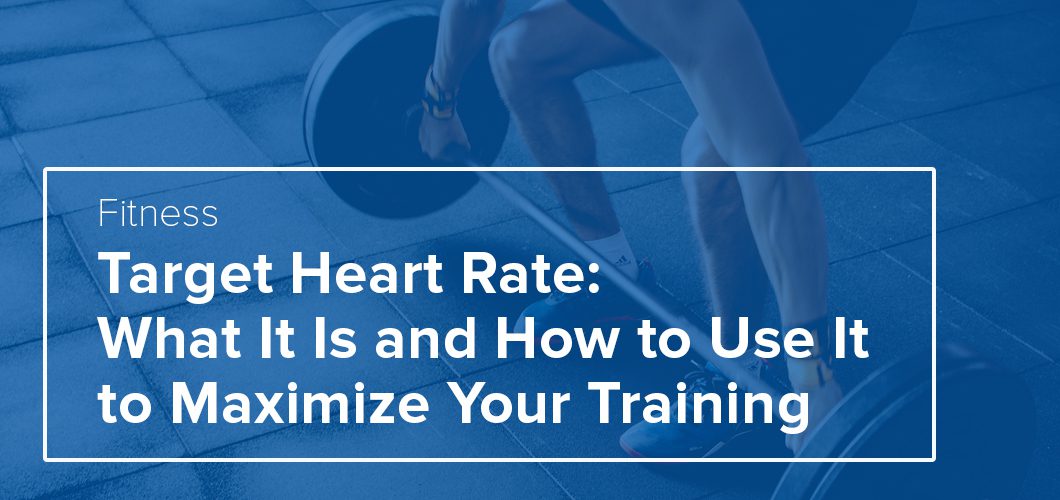Monitoring your heart rate during exercise is a great option to help determine how hard you are working. You can do it manually or by using a wearable device.
Target heart rate is the minimum number of beats per minute needed to reach a given level of physical effort, for the purpose of improving cardiovascular fitness. To determine your individual target heart rate, you must first figure out what your maximum heart rate (max HR) is (measured in beats per minute or bpm). Current standard uses the Karvonen formula:
- 206.9 – (0.67 × age) = max HR for men
- 206 – (0.88 x age) = max HR for women
For example, 206 – (0.88 x 23) = 186 bpm. Note that the formula previously used 220 – age to determine max HR, but it has since been updated.
It is important to keep in mind these are general equations meant to help give the best estimate, and they are not necessarily going to be 100% accurate to what your true max HR is. It should also be noted that a max HR for two individuals of the same age can be different, as fitness levels, genetics and gender can also impact a person’s max HR.
Once you know your max HR, you can determine which target heart rate zone you wish to be working in during exercise. The zones range from 60 to 100% of your max HR. To determine the training zone or (or zones) you wish to exercise in, multiply your calculated max HR by the percentage you wish to be working at. For example, if your calculated max HR is 186 bpm and you want to work between 70% and 80%, multiply 186 by both 0.7 and 0.8 to discover boundaries of the zone (about 130–150 bpm in this case). Working in different zones will achieve different fitness goals, as different energy production processes occur in the body at each level of intensity.
Heart Rate Percent Training Zones
- Low Intensity (60–70%) – Working in this zone helps to build up an aerobic base (i.e. improving the body’s ability to transport oxygen) and prepare you for more intense exercise. Low intensity heart rate zones are good for warming up, and fairly comfortable to maintain.
- Moderate Intensity (70–80%) – This zone will help you to build up aerobic endurance. It starts to feel more challenging, but it is not too difficult to maintain working in this zone.
- High Intensity (80–90%) – Working in this zone will feel uncomfortable. You will be able to improve the maximum amount of oxygen your body can use during exercise and improve your body’s ability to buffer lactic acid (meaning you will be able to do more work as time goes on in this zone).
- Maximum Effort (90–100%) – Working in this zone means you are going all out. It is difficult to maintain and most people can only stay in this zone for short periods of time.
As mentioned above, the main options for monitoring heart rate as you exercise are either by using a wearable device, monitoring HR manually by taking your pulse at intervals. Wearable trackers are typically either worn at the wrist or around the chest. A chest strap might be a bit more accurate as it is taking the readings closer to the heart versus at the wrist, but both can help you to keep an eye on your heart rate and which training zone you are in.
By Caitlyn Jones – BPE, CSEP-CPT
References:
Jackson, Andrew S. Estimating Maximum Heart Rate From Age: Is It a Linear Relationship? Med Sci Sports Exerc. 39(5):821, May 2007.
Ronald, Gellish L. et al. Longitudinal Modeling of the Relationship Between Age and Maximal Heart Rate. Med Sci Sports Exerc. 39(5):822-829, May 2007.
Tanaka, Hirofumi., Monahan, Kevin D., & Seals, Douglas R. Age-predicted maximal heart rate revisited. Journal of American College of Cardiology. 37(1):153-156, January 2001.



